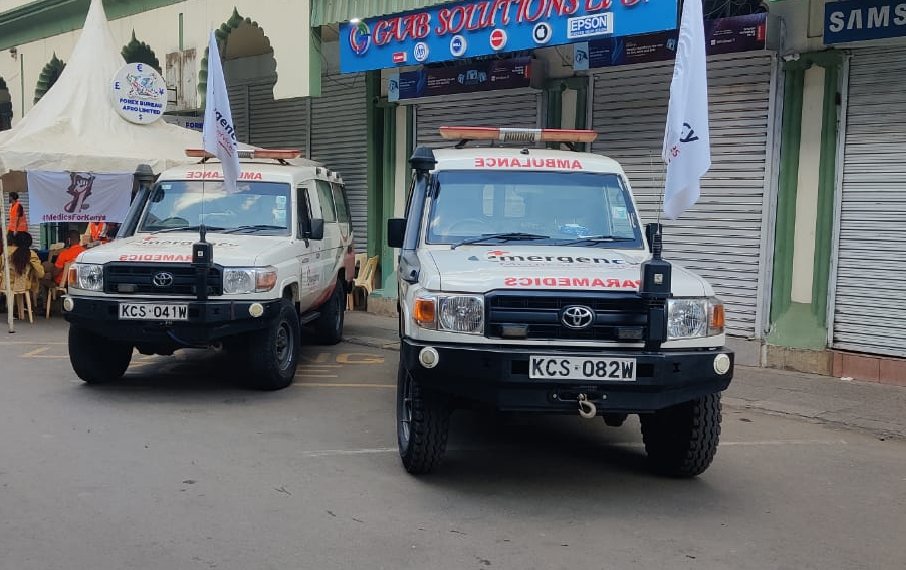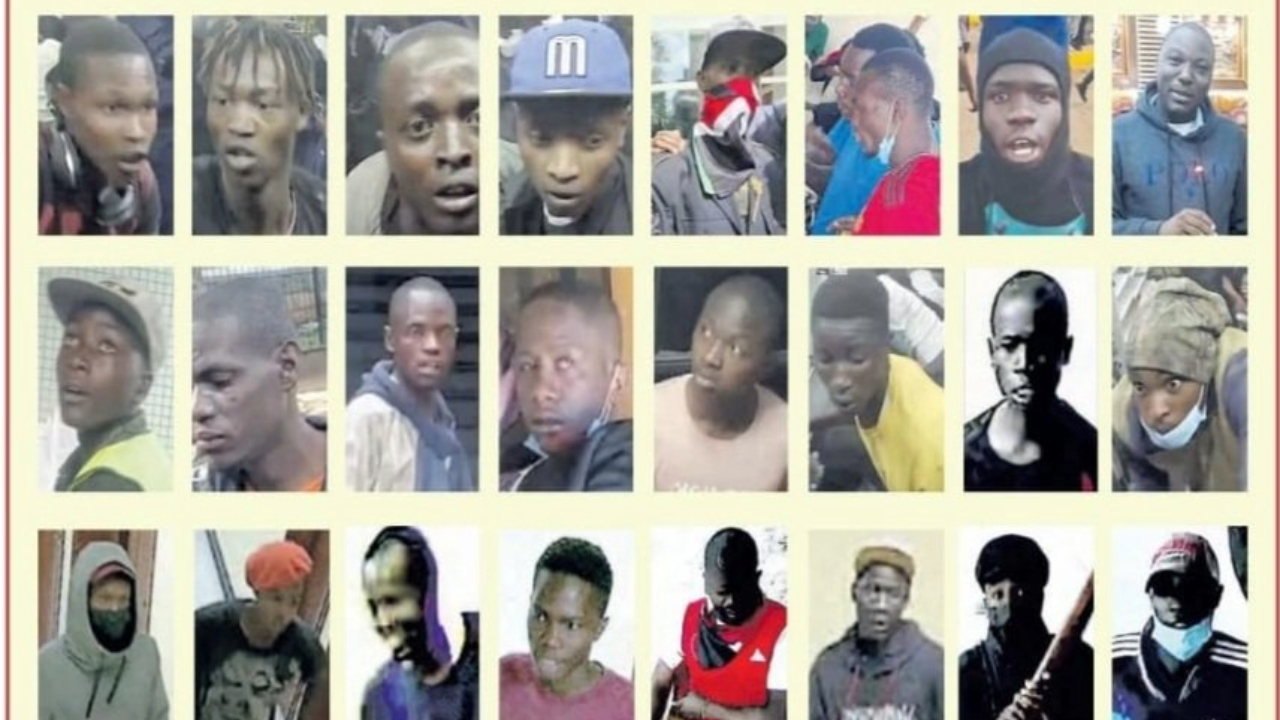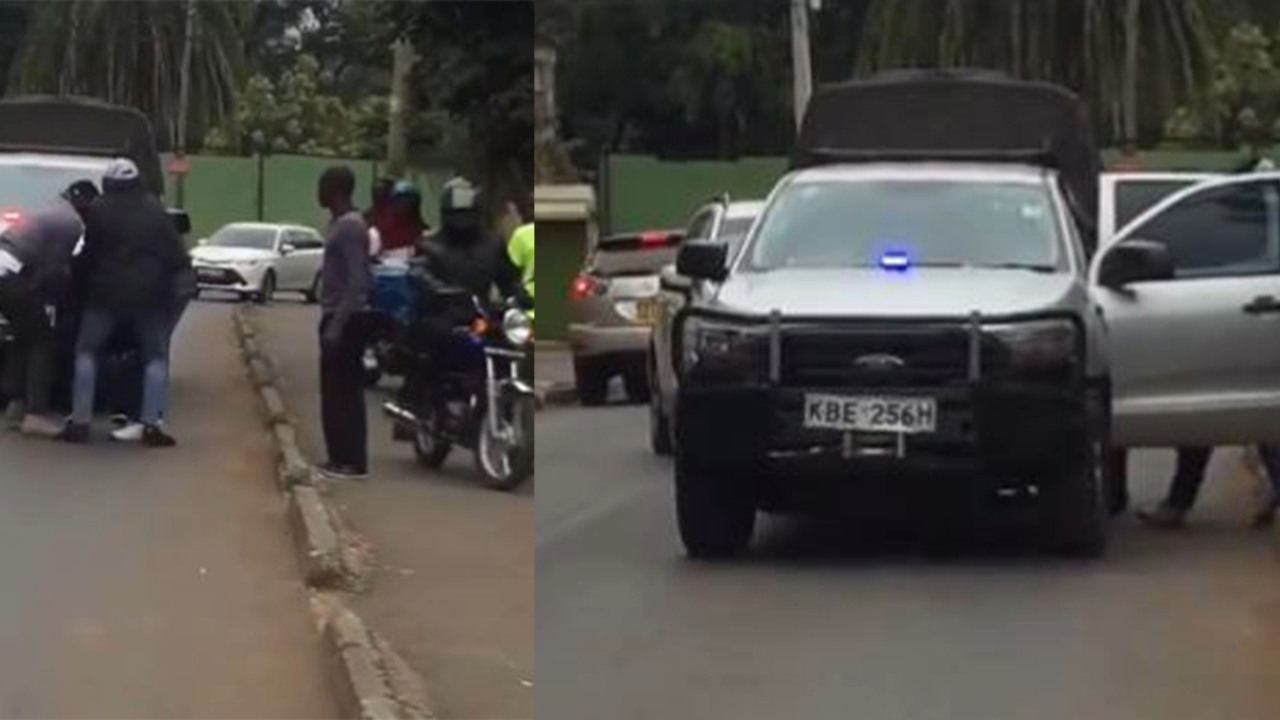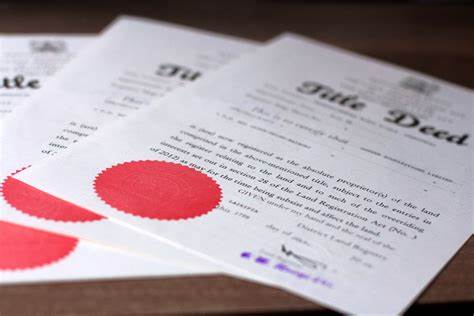Speed Guns To Be Functional At The Expressway
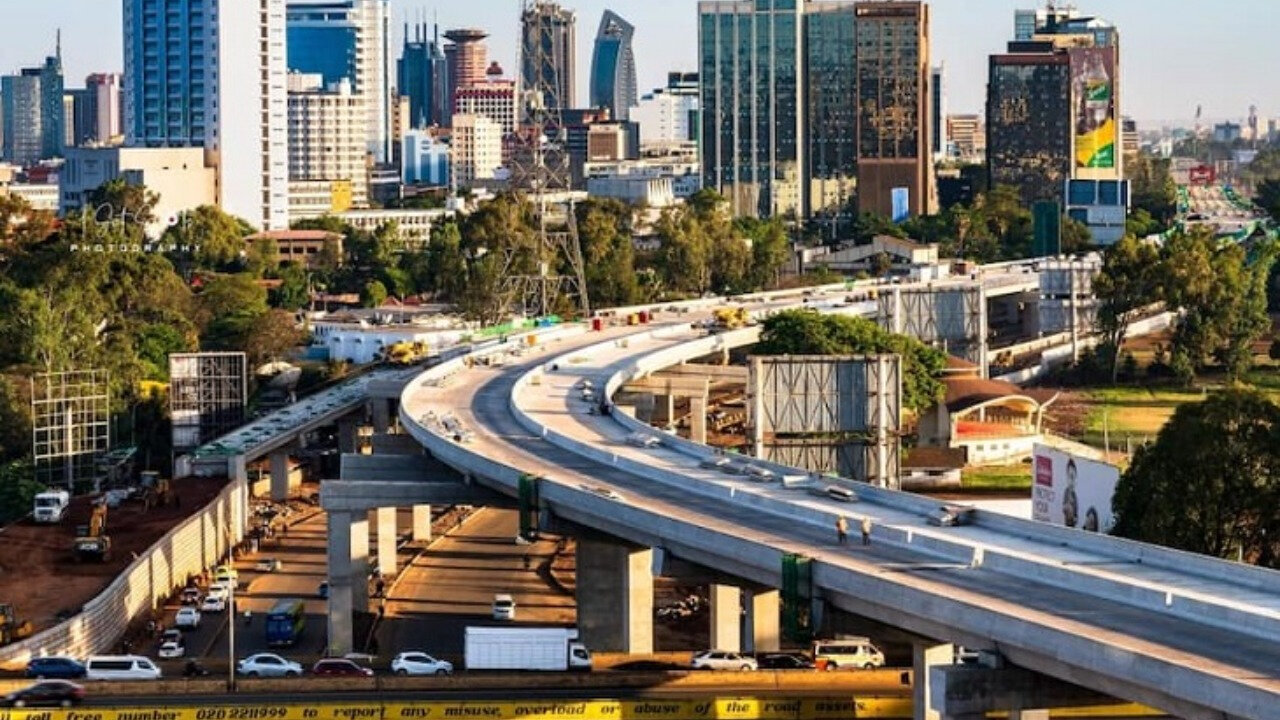
The Nairobi expressway, which was completed using a Public-Private Partnership (PPP) model, was formally opened on July 31 by former President Uhuru Kenyatta. It is the first significant project of its kind in the nation.
The Sh89 billion highway comprises 11 interchanges, including those at James Gichuru Road, Standard Gauge Railway, Capital Centre, Haile Selassie Avenue, Museum Hill, Westlands, and Jomo Kenyatta International Airport.
As part of the steps to reduce overspending, speed guns and cameras have been deployed on the 27- kilometre-long Nairobi Expressway to monitor speeding and reckless driving.
This comes after cases of accidents increased ever since the expressway became functional.
According to a statement from the firm, "We have put speed guns at several locations on the Nairobi Expressway, which are operated by traffic police please observe the 80 km/hr speed limit that has been set.”
The 27- kilometre dual carriageway's operator, Moja Expressway Company Limited, warned drivers in a notice that police would be in charge of the weapons stationed at various spots along the route and encouraged them to obey the speed restrictions.
The highway was designed, financed, and constructed by the China Road and Bridge Corporation (CRBC), a subsidiary of Moja Expressway, which will maintain and run the roadway for 27 years in order to return its investment through tolls.
